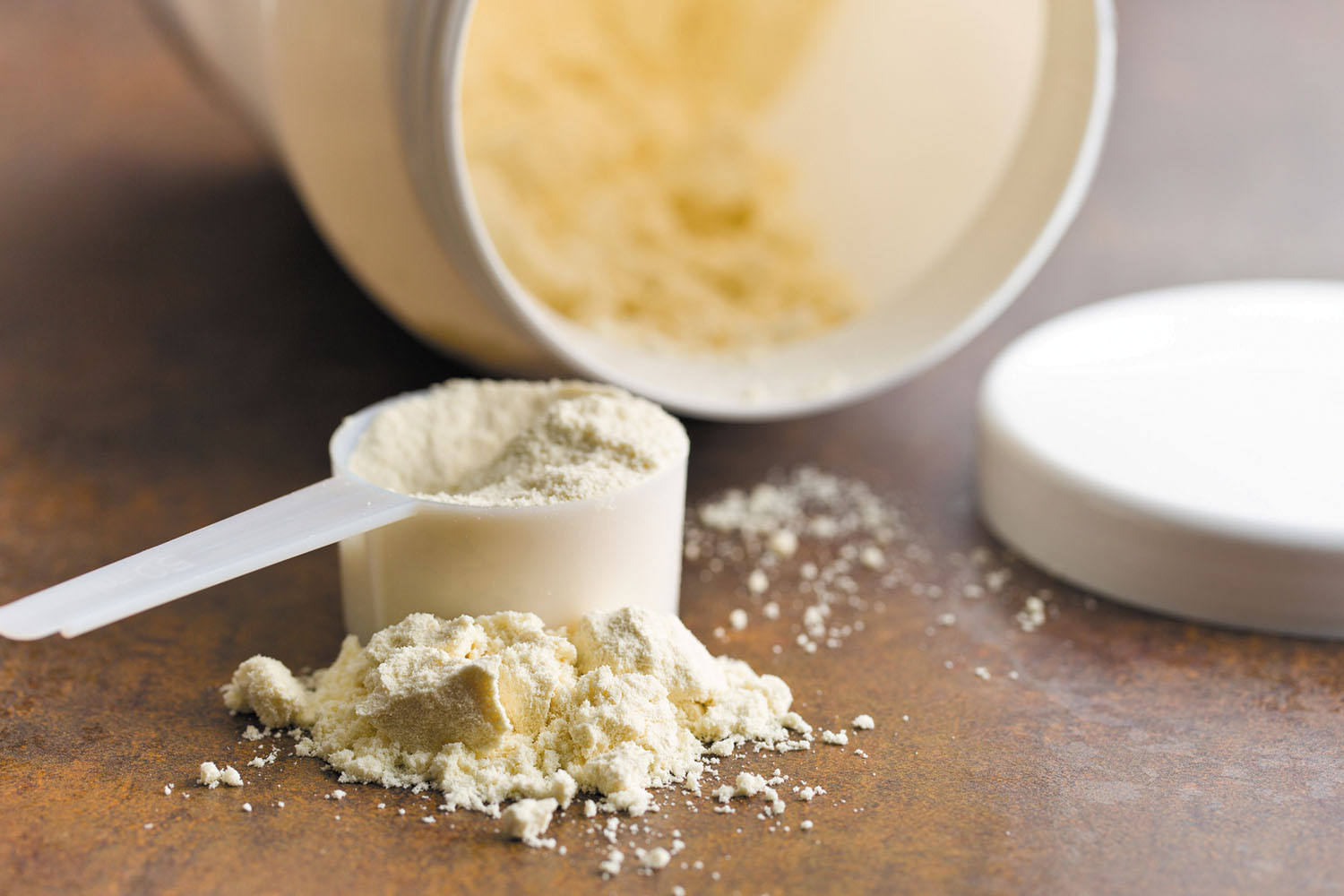
5 timeless habits for better health

What are the symptoms of prostate cancer?

Is your breakfast cereal healthy?

When pain signals an emergency: Symptoms you should never ignore

Does exercise give you energy?

Acupuncture for pain relief: How it works and what to expect

How to avoid jet lag: Tips for staying alert when you travel

Biofeedback therapy: How it works and how it can help relieve pain

Best vitamins and minerals for energy

Should you take probiotics with antibiotics?
Staying Healthy Archive
Articles
Is alcohol good for your heart?
Over the years, studies have produced conflicting results about the link between alcohol intake and heart health. Some studies suggest drinking alcohol protects against cardiovascular disease, including heart attack, heart failure, and stroke, while others imply the opposite. Now growing evidence says that not only won't alcohol lower a person's risk for cardiovascular disease, but consuming even moderate amounts may increase risk.
Getting the most from your remaining years
Following healthy habits like exercising, eating a proper diet, and being socially engaged can help people live a longer, healthier life. Still, the ultimate goal is not simply to live longer, but to enjoy life, which means placing more emphasis on quality of life. How life quality is defined can vary depending on people's goals, but it often revolves around three certain mindsets: having a sense of purpose, focusing on where one wants to devote time and energy, and enjoying the process and journey.
Better balance may mean a longer life
Being unable to stand on one leg for 10 seconds in middle and later life is associated with a sharply increased risk of premature death, according to a study published online June 21, 2022, by the British Journal of Sports Medicine.
Navigating "doctor speak"
Doctors around the world use standardized medical terms for a common frame of reference. Laypeople don't always know what that medical jargon means, which can lead to poor health outcomes. When a patient doesn't understand what a doctor is saying, it's important for the patient to ask for clarification. It may help to prepare a list of questions in advance and bring it to the medical appointment; bring a friend along who can take notes and ask questions; and repeat the doctor's advice before the end of the appointment, to make sure it's understood.
Simple core strengtheners for every day of the week
It's safe to work the core every day for about 10 to 30 minutes, as long as a person doesn't develop intense muscle fatigue. There are so many kinds of core-strengthening activities that it's possible to do a different one each day of the week. Ideas include marching, practicing yoga, doing body-weight workouts, exercising in a pool, and doing housework. Before a core workout, a person should do a warm-up, such as walking, to get blood flowing to the core muscles. After exercising, it's important to stretch the core muscles to help lengthen them and keep them flexible.
Even with a little sugar, coffee may still be good for health
A study published online May 31, 2022, by Annals of Internal Medicine suggests that with or without sugar, coffee is associated with a longer life.
A care quarterback for older adults
Geriatricians offer health guidance and treatment to adults 65 and older. The specialty centers on health concerns increasingly common with age, including falls, hearing loss, incontinence, memory problems, and the need to juggle multiple conditions and medications. Among other goals, geriatricians aim to optimize drug dosages and prevent medication overlap or dangerous side effects. They also coordinate each patient's care with other specialists who help manage chronic conditions. Geriatrician visits are typically longer than those with general practitioners.
Should you take a vitamin B12 supplement?
An estimated 3.2% of adults ages 50 or older have very low B12 levels, and up to 20% may have borderline deficiency. Aging is often the cause. Other causes include taking heartburn medications; eating a diet that does not include animal products; weight loss surgery; or autoimmune diseases that attack the stomach lining or gastrointestinal tract. It’s a good idea for older adults to take a B12 supplement of 2.8 micrograms daily to ward off B12 deficiency. People who have very low levels of B12 may need to take a much higher dose or get B12 injections.
Not-so-sweet slumber
Morning back and neck pain are often triggered by sleep position or poor choice of mattress or pillow. Certain sleep poses, especially stomach-down, can lead to pain by creating misalignment of the spine and other areas of the body. To prevent back and neck pain, people can switch sleep positions frequently, align all body areas when shifting positions, use firmer pillows, consider buying a new mattress, and place a foam wedge under the pelvis or between the legs while sleeping.

5 timeless habits for better health

What are the symptoms of prostate cancer?

Is your breakfast cereal healthy?

When pain signals an emergency: Symptoms you should never ignore

Does exercise give you energy?

Acupuncture for pain relief: How it works and what to expect

How to avoid jet lag: Tips for staying alert when you travel

Biofeedback therapy: How it works and how it can help relieve pain

Best vitamins and minerals for energy

Should you take probiotics with antibiotics?
Free Healthbeat Signup
Get the latest in health news delivered to your inbox!
Sign Up











